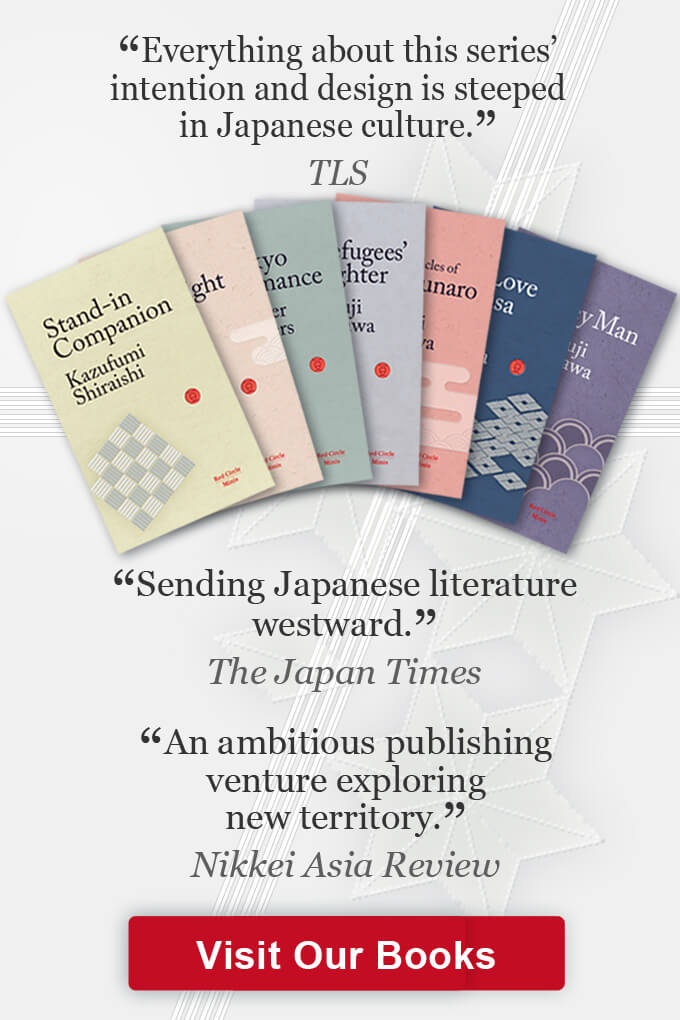- Food
Japan’s oldest surviving cookbook was published in 1643[UPDATED: 8-26-2019]
According to historians, Japan’s first modern cookbook Ryori Monogatari, Accounts of Cooking, was published just as the first Tokugawa Shogun, Ieyasu Tokugawa (1543-1616), came to power in 1603, and Japan’s Edo Period began (1603-1863).
Tokugawa was a supporter of publishing and in particular books that provided practical guidance. The oldest surviving example of Accounts of Cooking, was printed in 1643. The author of the book, which has 20 different sections organised in two parts, is unknown.
A copy is now part of The Tokyo National Museum’s collection and another copy of an edition, published by Fukuda Bunko, can be found in the National Diet Library.
The 1643 edition is an unusual cookbook as it includes recipes for game at a time when eating meat was viewed by most as a taboo. Some, however, considered game as medicinal.
Interestingly, Japan is currently experiencing a mini-boom in restaurants serving deer and wild boar following a relaxation of regulations and the extension of the Japanese hunting season.
The 1643 book includes recipes for grilling venison, wild-hare, wild boar, and even raccoon dog and dog. As well as recipes for shark, whale and more typical dishes such as sashimi, sushi, udon and yakitori that are now popular dishes eaten around the world.
That said, a hand copied edition of a 13thcentury document about cooking, Chuji-ruiki, Kitchenry Enyclopedia, is believed to be the oldest Japanese document describing practical cooking techniques, according to The History and Culture of Japanese Food by Naomichi Ishige. The document from the Kamakura Period (1185-1333) is sometimes described by academics as an ancient cookbook.
Other books including the Nihon Shoki, The Chronicles of Japan, one of Japan’s oldest books, refer to hunting, food and the dishes preferred by emperors, but the 1643 edition of Ryori Monogatari, Accounts of Cooking, is believed to be the oldest surviving Japanese cookbook.

